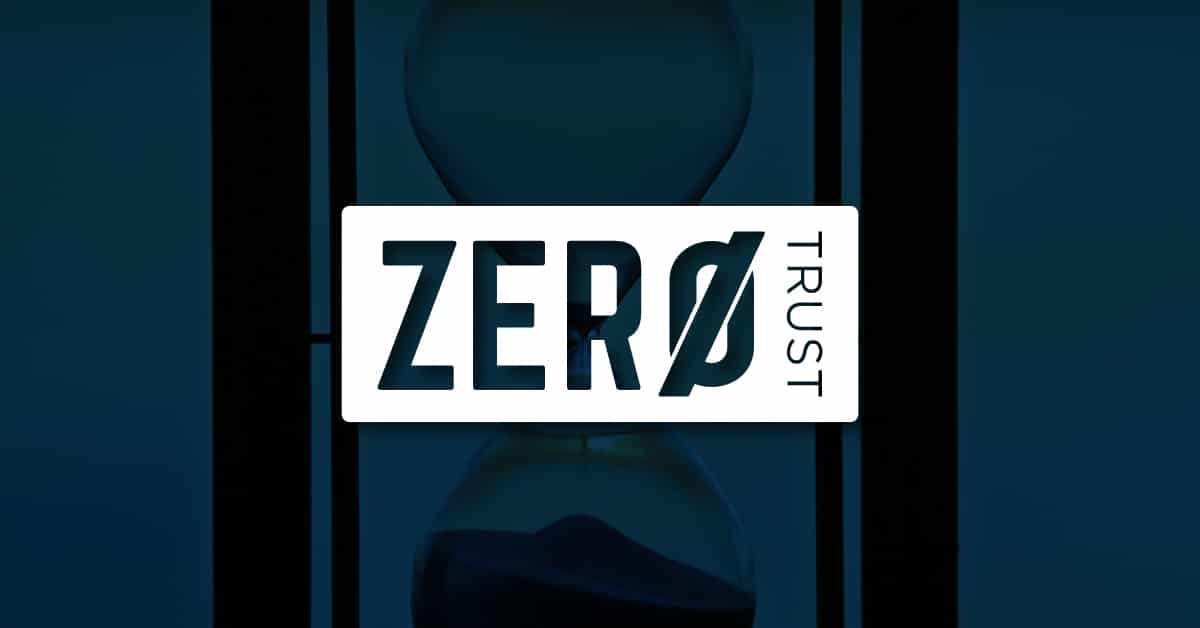Gate Keeping with AI Allows Quick Threat Detection
With Zero Trust, there’s no such thing as privileged accounts. Instead, users must request access to resources as they need them. The privileged access management (PAM) solution evaluates each request. If the system designates the risk as low-level, the user gains access. But abnormal activity, like requesting privileged access to files from another department, triggers an admin review alert.
In a PAM solution, where all activity is continually monitored and evaluated, the system becomes smarter over time. It spots anomalies faster. For example, is a user requesting access at an unusual time? Are they requesting access to something that no one else on their team is requesting access to? A robust PAM solution driven by AI makes it possible to spot potential breaches early and address them before significant damage occurs.
Time-Limitation Ensures Temporary Access
Tying privileged access to a specific time frame makes it possible to ensure access is temporary. When the time expires, the permissions are taken away, or the key is destroyed, preventing a hacker from using them. If the user needs continued access, they must submit another request for that privileged resource. Time-limited access prevents users from maintaining access they don’t need or shouldn’t have after they’ve moved to a new role or team.
Benefits of Time-Limited Access
Granting time-limited access to resources allows permissions to automatically revert to a locked-down state after the task at hand is completed. This has three primary benefits:
- Administrators no longer need to remember to lock down once the privileged work is done, reducing insider threats.
- If access credentials are compromised by an outside attack, the scope of the damage is limited.
- Compliance requirements are met automatically by tracking when access is granted and revoked.
Zero Standing Privilege
Least privilege is the standard, and Zero Trust is the ideal. Zero standing privilege, which rests on just-in-time delivery of privileges, is a means by which organizations can achieve it. To get to a Zero Trust model, privileged accounts must be eliminated. Even for admins (admin credentials can be hacked) because the damage can be substantial. Every access request must be evaluated to ensure it’s appropriate for the user’s current roles and responsibilities. And it should be time-limited to prevent lingering permissions. Zero standing privilege is a practical way to give users access to the precise resources they need, just for the specific period of time required.








